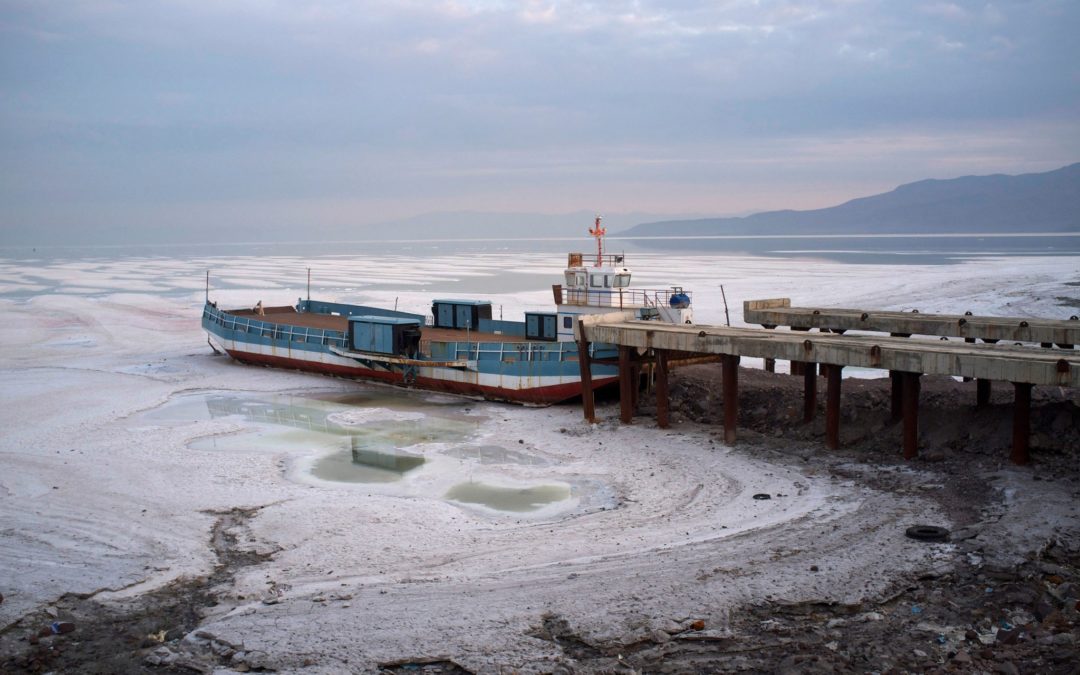SOURCE: New York Times and LA Times
DATE: January 18, 2018
SNIP: Nigeria. Syria. Somalia. And now Iran.
In each country, in different ways, a water crisis has triggered some combination of civil unrest, mass migration, insurgency or even full-scale war.
In the era of climate change, their experiences hold lessons for a great many other countries. The World Resources Institute warned this month of the rise of water stress globally, “with 33 countries projected to face extremely high stress in 2040.”
Iran is the latest example of a country where a water crisis, long in the making, has fed popular discontent. That is particularly true in small towns and cities in what is already one of the most parched regions of the world.
Climate change is projected to make Iran hotter and drier. A former Iranian agriculture minister, Issa Kalantari, once famously said that water scarcity, if left unchecked, would make Iran so harsh that 50 million Iranians would leave the country altogether.
Water alone doesn’t explain the outbreak of protests that began in early January and spread swiftly across the country. But as David Michel, an analyst at the Stimson Center put it, the lack of water — whether it’s dry taps in the city, or dry wells in the countryside, or dust storms rising from a shrinking Lake Urmia (pictured) — is one of the most common, most visible markers of the government’s failure to deliver basic services.
“Water is not going to bring down the government,” he said. “But it’s a component — in some towns, a significant component — of grievances and frustrations.”

